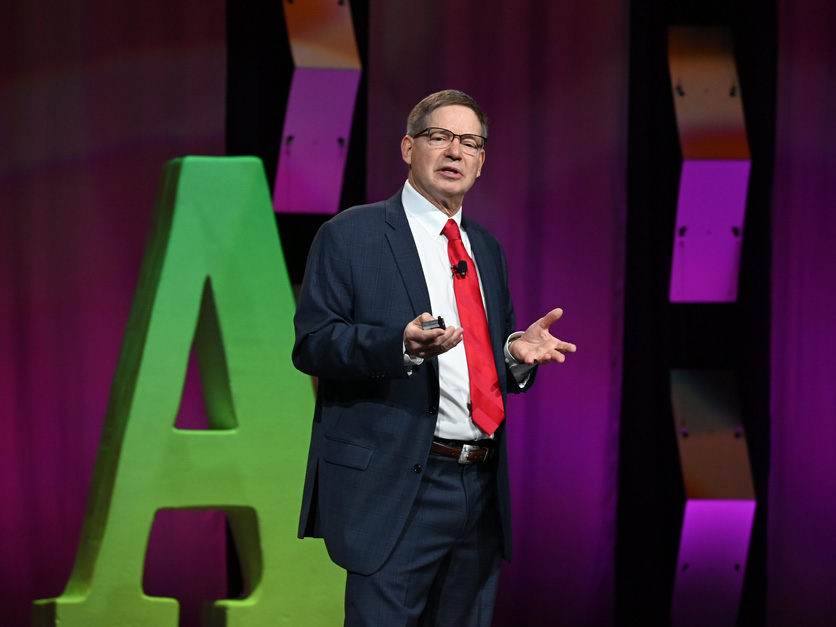Cattle producers should be in line for a profitable year in 2023, but consumers will see higher prices at the grocery store as a result of an expected drop in production.
A team of market analysis from beef industry firm CattleFax told attendees of the Cattle Industry Convention in New Orleans Thursday that the current stage of the cattle cycle combined with expected relief of La Niña weather conditions are the dominant economic factors in the year ahead. CattleFax analyst Kevin Good told the audience that 2022’s herd reduction will be evident in future production statistics.
“It was massive liquidation that we went through with the drought,” he said.
Cows were culled at a rate of about 13.5%, 1% higher than any other year in history. The reduction came as more than 65% of the nation’s cattle were in areas defined by dry or drought conditions (25% were in exceptional or extreme drought) and soaring feed and fuel costs hit producer bottom lines.
Analysts had widely expected a contraction in the nation’s cattle herd to take place this year, something CattleFax CEO Randy Blach noted “would have occurred two years ago had it not been for COVID.
“We were slated to be at our cyclical peak in supply in 2020, and it occurred in 2022,” he said.
Indeed, the year ahead includes a 4.6% drop in slaughter projections to about 27 billion pounds, down from last year’s record 28.3 billion pounds. The overall inventory is expected to fall as well following last year’s record harvests, and reductions throughout the year — about 1 million head — have CattleFax estimating an overall beef cow herd size of 29.2 million.
 Kevin Good, CattleFax
Kevin Good, CattleFax“We are in a non-expansion season, so in other words we’ve been liquidating. So in theory, over time, we’re going into tighter supplies and should trend into higher prices,” Good said. “If that’s the case, your (price) highs should occur again late year like they’ve done the last couple of years.”
With fewer cattle heading to market, CattleFax estimates average prices for an 800-pound steer will increase $29 per hundredweight to $200. Bred cattle estimates are up $300 to about $2,100 per head.
The drop in supply will lead to a corresponding increase in beef prices, but Good said the hike will be about 1%, noticeably less than the firm’s expected 5% rate of inflation. That disparity, he told Agri-Pulse after his comments to the audience, is largely due to sizable increases already observed in previous years. Now, he said retail prices “probably have to take a breath.”
“We pushed prices before the rest of the economy pushed,” Good said, noting a 6% increase from 2020-2022. “We overshot the runway, got too stout, had a little bit of pushback the second half of 2021, came back down the latter part of 2022. Now we’re holding our ground, the next launch is probably as you go into 2024 and 2025.”
The tighter supplies are also projected to take a bite out of total U.S. beef exports, which are expected to drop about 3% in 2023 to 3.5 billion pounds. That decrease, however, follows more than 20% growth over the last two years.
For more news, go to www.Agri-Pulse.com.


